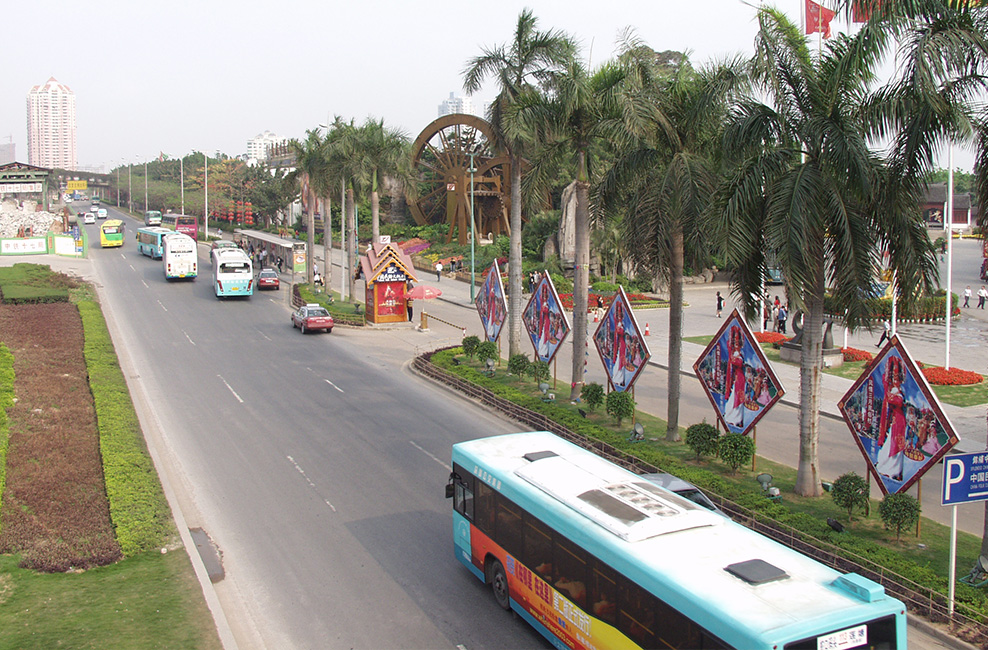The Silk Road is the world’s oldest, and most historically important overland trade route linking China and Central Asia. The name evokes images of caravans striding through desert sands, the smell of exotic spices and still fascinates travellers. But there’s a new silk road and its purpose is far reaching.
The Belt and Road Initiative (BRI) is a development strategy proposed by the Chinese government that focuses on connectivity and cooperation between the People’s Republic of China and countries in East Africa; Europe; the Middle East and Russia. According to the Belt and Road Action Plan released in 2015, the initiative will encompass land routes (the Belt) and maritime routes (the Road) with the goal of improving trade relationships in the region primarily through infrastructure investments. Highways in Pakistan; a rail terminal in Kazakhstan; a bridge in Laos and seaports in Sri Lanka and Pakistan are some of the infrastructure projects funded by China that will affect 60% or the World’s population and cost almost a trillion dollars.
Announced in 2013 by President Xi Jinping, the brand new double trade corridor is set to reopen channels between China and its neighbours in the west. China says the aim is to spark a ‘new era of globalisation’ but critics say it’s a land grab designed to promote China’s influence globally, including militarily. Indian Prime Minister Narendra Modi opposes the China-Pakistan Economic Corridor, which runs through a part of Kashmir claimed by India as a colonial enterprise that threatens to “Leave debt and broken communities in its wake.” Overland there are six corridors to Europe and Asia with a rail connection planned as far as London. Gas pipelines in the Caspian Sea; high speed trains in South Asia and a maritime corridor connecting China to South Asia, the Middle East and Europe.
The economic benefit to China is that trading with new markets could go a long way towards keeping China’s national economy buoyant. Chinese manufacturing also stands to benefit. Their vast industrial overcapacity, mainly in the creation of steel and heavy equipment could find lucrative outlets along the New Silk Road and allow Chinese manufacturing to swing towards higher-end industrial goods. Project agreements have been signed with 60 countries including some where conflict exists or with corrupt governments. There is some doubt as to whether some countries can ever pay back their debt. Not to worry, as compensation, China has been granted a 99-year control lease of a Sri Lankan port; a 40-year lease of a port in Pakistan and perhaps a port in Myanmar as well. Some critics warn that China aims to lift trade by $2.5 trillion in a decade by flooding world markets with cheap, high-quality Chinese goods, a threat to manufacturers everywhere, including Australia.

